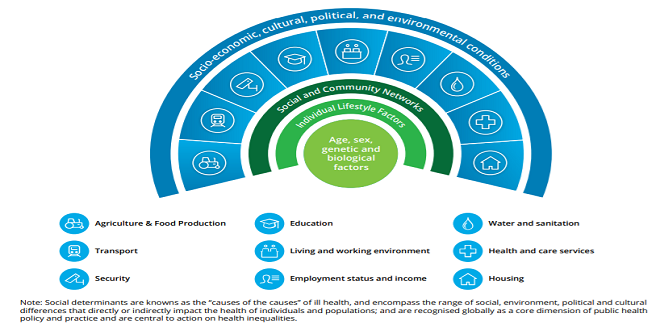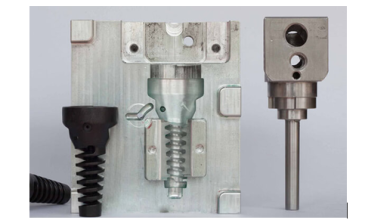Should I Be Worried About My Next Restaurant Inspection

For restaurant owners and operators, the words “restaurant inspection” can often evoke feelings of anxiety and uncertainty. However, for diners, knowing that restaurants undergo regular inspections should provide a sense of comfort and confidence when dining out. In this article, we will explore why restaurant inspections are essential and what you, as a diner, should look for in a restaurant inspection.
The Importance of Restaurant Inspections
Restaurant inspections are a critical part of ensuring food safety and public health. They serve as a way to monitor and enforce compliance with food safety regulations, hygiene standards, and sanitation practices. These inspections are typically carried out by local health departments or regulatory agencies and sometimes a mystery shopping platform, and they play a vital role in preventing foodborne illnesses and maintaining high standards of cleanliness within the foodservice industry.
Why Should You Care?
As a diner, you might wonder why restaurant inspections should matter to you. The answer is simple: your health and well-being are at stake. Dining at a restaurant with poor sanitation practices or food safety violations can lead to serious health risks. By paying attention to restaurant inspection reports and results, you can make informed decisions about where to dine and protect yourself from potential health hazards.
What to Look for in a Restaurant Inspection
- Cleanliness and Hygiene: The first and most obvious aspect to look for in a restaurant inspection report is cleanliness and hygiene. Check for any violations related to cleanliness, including issues with kitchen equipment, food storage, and overall sanitation. A clean and well-maintained restaurant is less likely to pose health risks.
- Food Temperature Control: Proper food temperature control is crucial for preventing foodborne illnesses. Ensure that the restaurant has received no citations related to keeping food at safe temperatures, both during storage and cooking.
- Cross-Contamination Prevention: Cross-contamination occurs when pathogens from one food item are transferred to another. Look for violations related to proper food handling and separation to minimize the risk of cross-contamination.
- Employee Hygiene: Restaurant staff should adhere to strict hygiene practices, including handwashing and the use of gloves when handling food. Inspect the report for any violations regarding employee hygiene, as this can directly affect the safety of the food you consume.
- Pest Control: Restaurants should have effective pest control measures in place to prevent infestations. Check the inspection checklists for any citations related to pest control, as the presence of pests can lead to food contamination.
- Food Source and Storage: It’s essential to ensure that the restaurant sources its food from reputable suppliers and stores ingredients properly. Violations related to food source and storage can indicate potential food safety issues.
- Display of Inspection Score: Many jurisdictions require restaurants to prominently display their inspection scores or letter grades. A high score or grade indicates a restaurant’s commitment to maintaining food safety standards.
- Frequency of Inspections: Some restaurants may receive more frequent inspections due to past violations or specific types of cuisine they serve. Be aware of how often a restaurant is inspected, as this can be an indicator of its compliance with regulations.
Conclusion
Restaurant inspections are a fundamental part of maintaining food safety and hygiene standards in the foodservice industry. As a diner, you should not be worried about restaurant inspections but rather embrace them as a tool to ensure your safety. By following these tips about restaurant inspection, you can make informed choices about where to dine, safeguarding your health while enjoying the dining experience. Remember that responsible dining includes not only savoring delicious meals but also prioritizing your well-being




